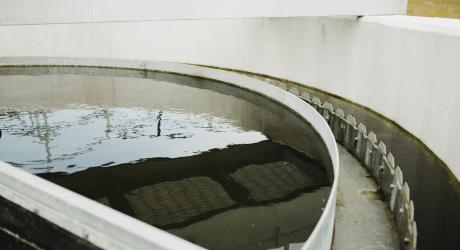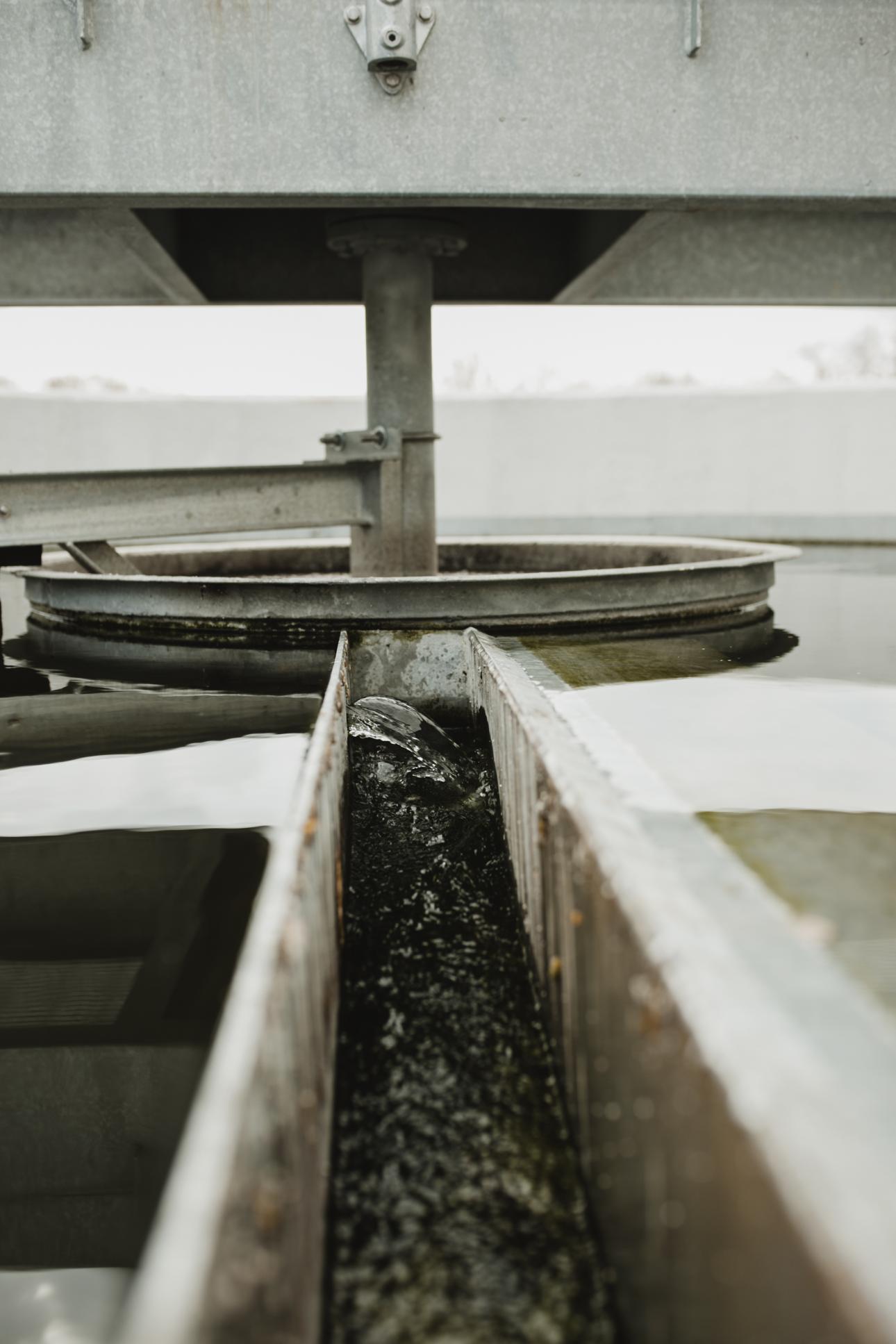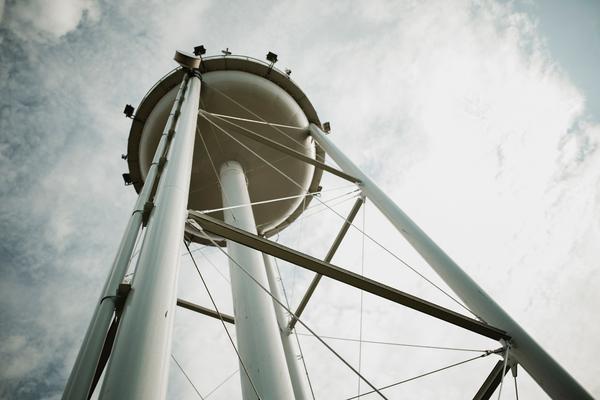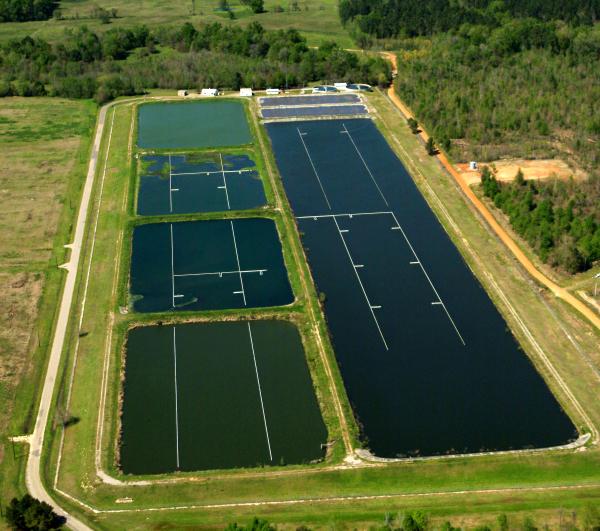
Cold Weather Considerations for Distribution & Collection Systems
In response to historic inclement weather in Texas and neighboring states, KSA is providing critical infrastructure improvements to help communities better prepare for future prolonged weather events. All regions worldwide need to prepare for situations that have the potential to disrupt service. In Texas and other southern states, municipalities prepare for circumstances that are specific to the region. If nothing else, this weather event has given cities and service providers a window to vulnerabilities within their systems and will need to be addressed.
The following is a summary of potential solutions and precautions for some of those vulnerabilities related to water and wastewater distribution and collection systems.

Power Supply
It is a common practice for service providers to have dual power supply to pumping stations from at least two different sub-stations. This is a great solution when the power disruption is associated with a singular event causing a disruption in electrical service. Unfortunately, in this specific instance the issue is the availability of electrical power supplied to the system at large. In other words, having redundant power from two different substations is great except when there is not enough power to supply either substation.
As a result, utility service providers may need to re-examine their reliance on a second power feed from the grid as an emergency backup source. Alternatives to consider include on-site solar, wind, and natural gas generators as well as diesel generators with fuel storage. A less robust but also less expensive alternative would be to provide easily accessible external electrical connections for a small fleet of portable generators that can be brought to facilities as needed.
Shared Use
For neighboring communities, and where appropriate, some service utilities may want to consider installing valved and metered interconnections. Under normal circumstances, these connections would be closed, but could be easily accessed for emergency aid to or from their neighbors. This is a long-term suggestion that may require an established inter-governmental agreement between the two utilities/municipalities.
Distribution and Collection System Work
In warm climate states like Texas and Florida it is common to find lift station and booster pump station discharge check valves and isolation valves above grade without heat trace and insulation. Historically, this was for ease of access and high-cost savings when compared against the installation of these valves in a new valve vault. Without question, this was considered reasonable and almost all municipalities and engineers designed to these standards. Going forward, these piping systems, if left above grade, should be heat traced and insulated, or should be lowered into a valve vault. In a valve vault the temperature of the annular space normally reaches equilibrium with the temperature of the buried earth so it stays above freezing at about 50 degrees. The valve vault approach provides an additional benefit in that it becomes a secure asset with lockable access hatches, which satisfies Homeland Security initiatives too. For more commercial applications, some facilities should consider heat tracing and insulating for services that are above ground, such as double check backflow preventers on water supply systems.
Regular assessments of distribution systems to identify leaks and pressure irregularities are imperative as these weak points are the areas that are most sensitive to changing conditions such as freezing and are the points where major breaks are most likely to occur. Assessment of collection systems to identify inflow and infiltration (I&I) are equally important. High amounts of precipitation in a short amount of time can overwhelm the collection system and wastewater treatment plant. The potential in Texas for freezing temperature to quickly swing to temperatures 10-20 degrees above freezing can cause melting snow and ice to overwhelm the system when emergency response and maintenance crews are already maxed out in storm response and emergency maintenance.

Elevated Storage Tank in Honey Grove, Texas
Storage Tanks
There is preparatory work that can help ensure drinking water storage tanks will remain operational in cold weather. The primary reasons that tanks freeze are a lack of circulation and operator awareness. Ice formation occurs when water sits in a tank long enough to have heat transfer through the tank wall lowering the temperature to freezing. Smaller tanks are more susceptible to freezing as their surface area to volume ratio is lower. The more surface area there is per gallon, the faster heat will transfer.
Groundwater systems have a major advantage, incoming water is 46‐48 degrees F and warmer water is continuously added to the tank as draw down occurs and the tank is filled. It is understood that if the tank volume is turned over a course of two days the groundwater systems should not experience freezing. Surface water supplies have a more difficult time as they are pumping water at 33‐34 degrees F and will freeze quickly if circulation is not adequate.
Some operational and maintenance tasks that can help prevent freezing during winter months include adjusting pump cycles, changing filling operations to lower demand times, reducing overall tank volumes, insulate fill pipes, install temperature alarms on the fill pipe and riser, and use warmer water sources where possible. Installing a recirculation system is a higher cost option that can also help prevent freezing.
System Integrity Reviews
As a leading expert in water and wastewater treatment, KSA is available to help prepare or modify Operations & Maintenance Manuals and Emergency Response Plans for municipalities and special utility districts. In addition, KSA can help utilities analyze distribution and collection systems for vulnerabilities and recommend modifications for improved reliability/redundancy. This involves modeling and creative thinking in conjunction with system operators and can result in recommending additional looping within collection systems, additional valves for isolating potential failures, and additional drains to prevent freezing. It would also result in some resiliency recommendations like heat tracing and insulation as mentioned previously.

City of Carthage Wastewater Collection System Improvements
KSA recognizes the below normal freezing weather of February 2021 is unprecedented. Furthermore, Texas and neighboring states may not see this magnitude of weather again for another 10 or 20 years. The intent of the solutions provided above is to provide modifications and measures to help prevent system shutdowns associated with freezing infrastructure. KSA is positioned to assist municipalities and special utility districts initiate these modifications in the most cost-effective way possible.

